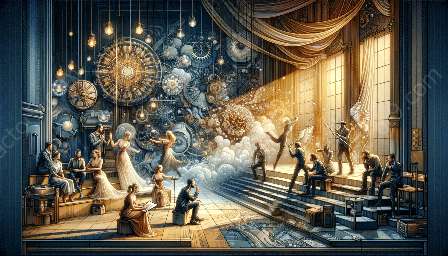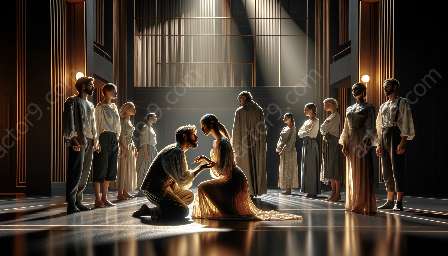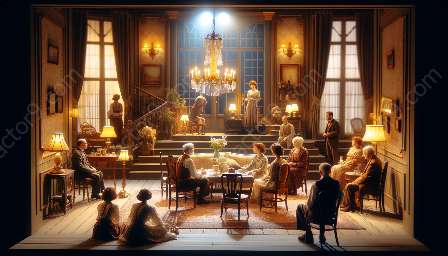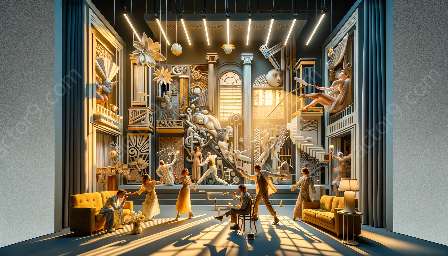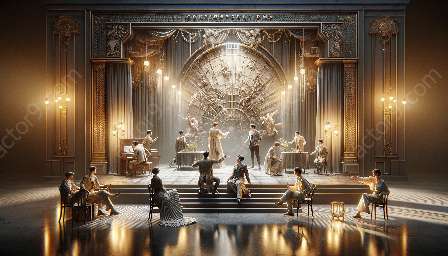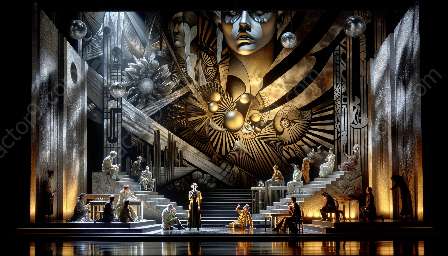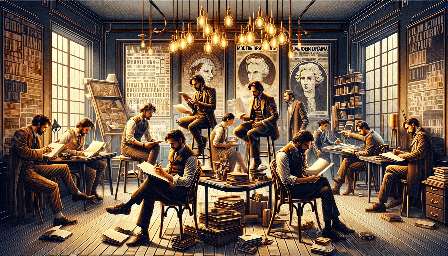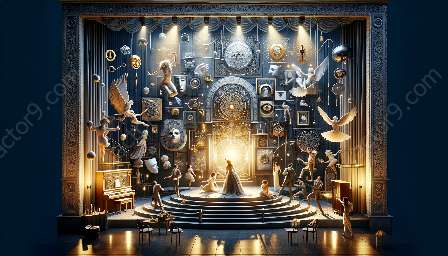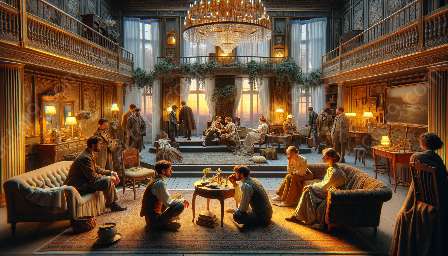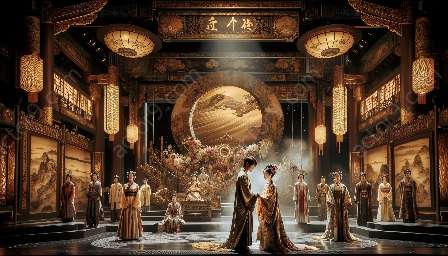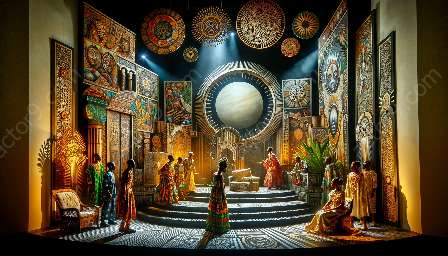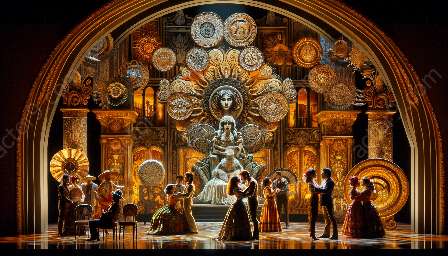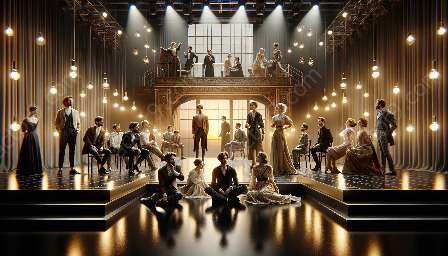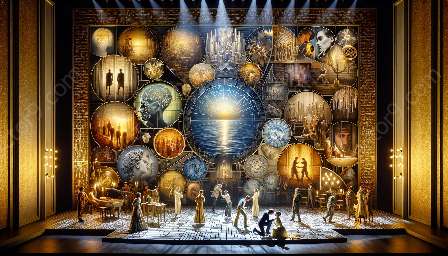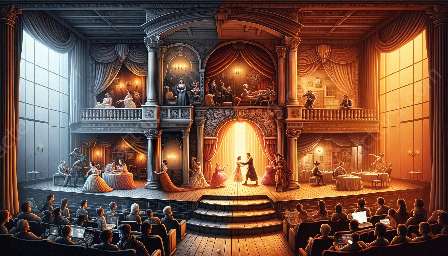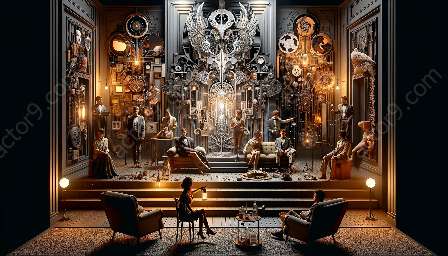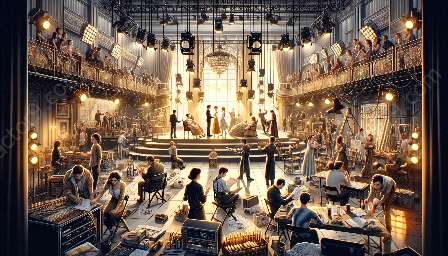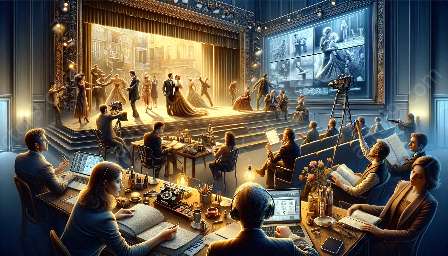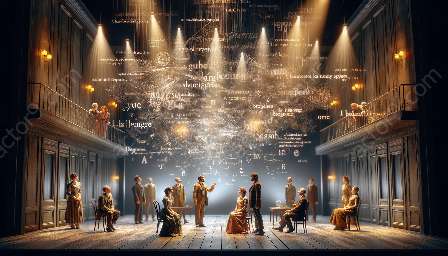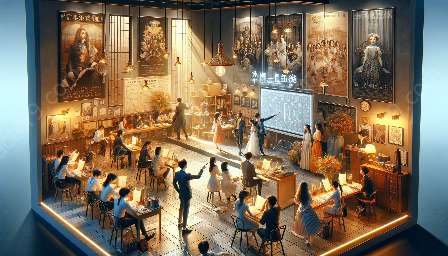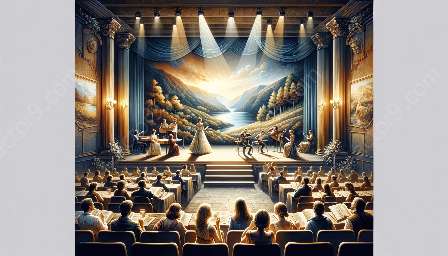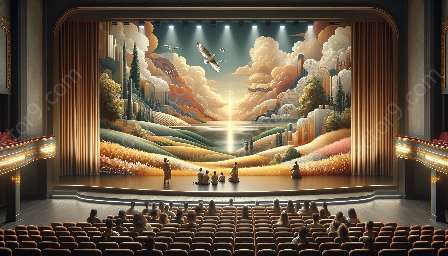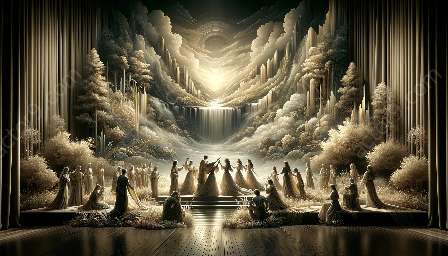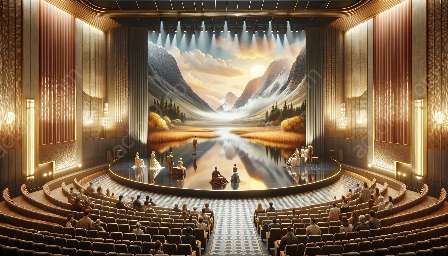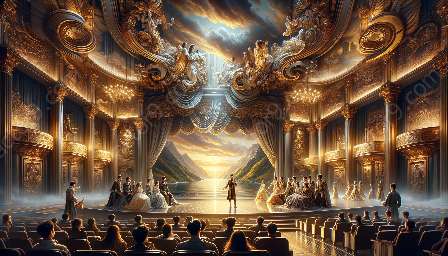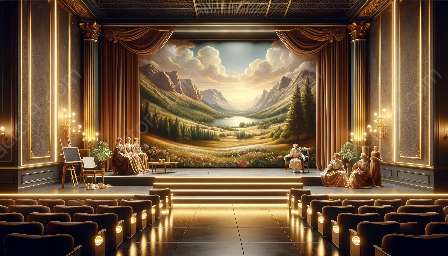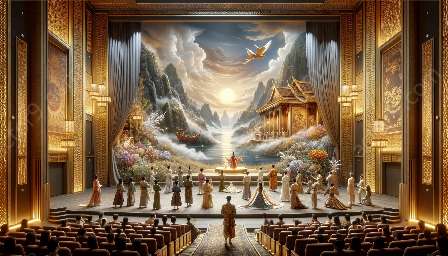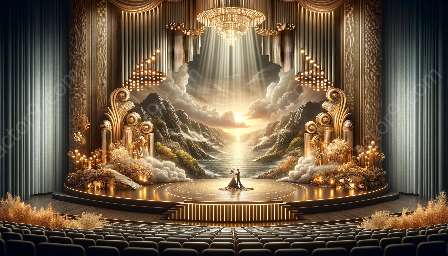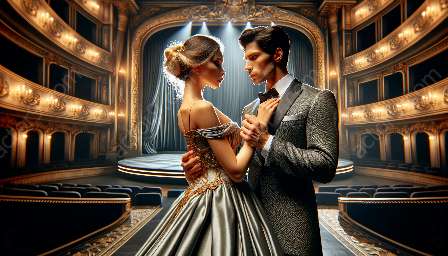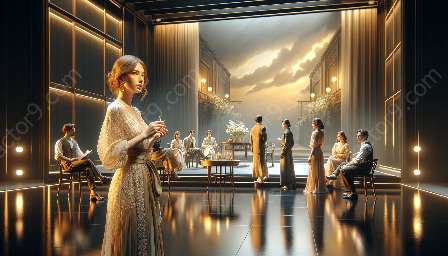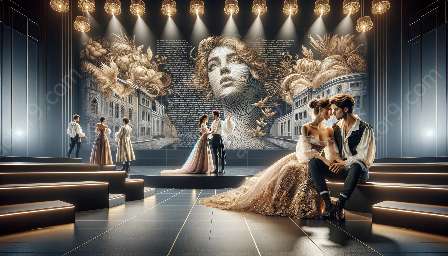Modern theater productions have evolved to incorporate psychoanalytic techniques into their set design and staging, creating a dynamic intersection between psychoanalysis and modern drama. This convergence has resulted in a fascinating exploration of the human psyche through the medium of live performance, offering audiences a deeper understanding of character motivations and emotional landscapes.
The Influence of Psychoanalysis in Modern Drama
Psychoanalysis has played a significant role in shaping modern drama, as it focuses on delving into the unconscious mind and exploring the complexities of human behavior. This psychological approach has influenced playwrights, directors, and set designers to create richly layered productions that offer audiences a profound insight into the inner workings of the human psyche.
Modern theater productions now frequently draw from psychoanalytic principles to inform the construction of their sets and the staging of their performances, resulting in a visually and emotionally compelling experience for theatergoers.
Utilization of Psychoanalytic Techniques in Set Design
Set designers in modern theater productions often utilize psychoanalytic techniques to evoke specific emotions and psychological states within the audience. One way this is achieved is through the strategic use of symbolism and imagery in set design. By incorporating elements that resonate with psychoanalytic symbols, such as dreams, archetypes, and the subconscious, set designers create an environment that subconsciously resonates with the audience, eliciting deeper emotional responses.
Moreover, the spatial arrangement and design of the set itself can reflect psychoanalytic concepts, such as the division between conscious and unconscious realms. By manipulating the physical space on stage, set designers can visually represent inner psychological conflicts and tensions, further immersing the audience in the characters' emotional turmoil.
Integration of Psychoanalytic Techniques in Staging
Staging, too, has become a canvas for the integration of psychoanalytic techniques in modern theater productions. Directors and choreographers draw from psychoanalytic principles to choreograph movements and gestures that convey subconscious desires, fears, and conflicts. This approach adds depth and nuance to the characters' interactions, allowing audiences to interpret non-verbal communication through a psychoanalytic lens.
Furthermore, the use of lighting and sound design in modern theater productions is informed by psychoanalytic theories, aiming to create an atmosphere that resonates with the audience on a subconscious level. By manipulating light and sound, directors and designers can evoke specific emotional responses and heighten the audience's psychological engagement with the performance.
Exploring the Unconscious in Live Performance
The utilization of psychoanalytic techniques in set design and staging allows modern theater productions to plunge into the depths of the unconscious mind, offering audiences a multi-sensory experience that engages their intellect and emotions. This convergence of psychoanalysis and modern drama fosters a captivating exploration of the human condition, enhancing the impact and resonance of live performances.
In conclusion, the incorporation of psychoanalytic techniques in set design and staging has enriched modern theater productions by delving into the complexities of the human psyche. By intertwining psychoanalysis and modern drama, theater creators have crafted visually stunning and emotionally evocative experiences that invite audiences into the profound realm of the unconscious mind.


